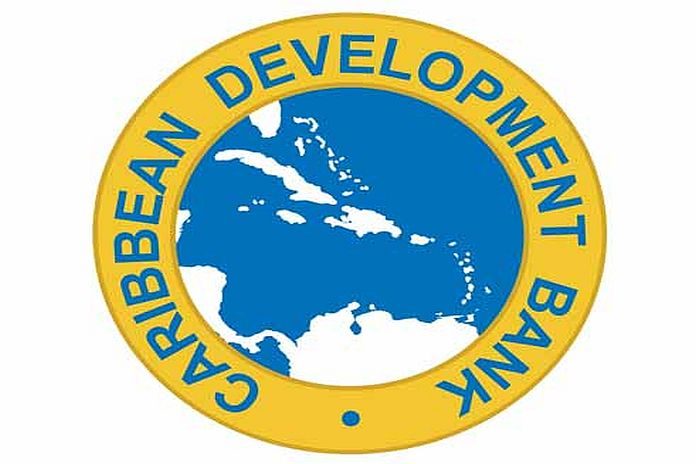BRIDGETOWN, Barbados – Last week, several regional and international development partners, together with the government of St Vincent and the Grenadines, launched a critical tool to do just that – the Community Profiles and Livelihood Baseline Assessments (LBAs), created for 11 communities around La Soufriere volcano.
In the aftermath of disasters like the La Soufriere Volcano eruption in St Vincent and the Grenadines, being able to assess who needs what kind of help to rebuild their lives and livelihoods, is critical for communities and governing agencies.
The Caribbean Development Bank’s (CDB’s) Community Disaster Risk Reduction Fund (CDRRF) funded the preparation of the documents as part of the Volcano Ready Communities Project implemented by the University of the West Indies’ Seismic Research Centre.
The CDRRF is a multi-donor trust fund managed by CDB, with financing from Global Affairs Canada, and the European Union. The Government of the United Kingdom was also an initial funder.
Social sector division chief at CDB, Deidre Clarendon, hailed the launch of the documents as “a significant step” in CDB’s mission to build “the economic, social and environmental resilience” of the Caribbean.
She explained the vision and purpose behind the documents, noting: “We envision that these community profiles and LBAs will allow national, regional and international development partners to access critical data to inform development interventions within these communities. Equally, community leaders can use the information to articulate local needs, highlight existing vulnerabilities and develop evidence-based rationale for concessionary funding. The availability of these baseline documents also provides a platform for collaboration between civil society organisations, government agencies, private sector and other development partners to execute initiatives geared at improving the resilience of our communities and collectively the wider national context.”
The profiles and LBAs were created by employing the Livelihood Assessment Tool-kit (LAT), developed by the Food and Agriculture Organization of the United Nations (FAO) and the International Labour Organisation.
Speaking on behalf of FAO, Dr Renata Clarke, sub-regional coordinator for the FAO’s sub-regional office for the Caribbean, stated: “Although we may not have direct control over the occurrence, frequency and intensity of disasters, our experience over the past years has taught us that we can do something to manage them and reduce their impacts, especially if we have a strong understanding of how these disaster risks can affect our communities and the livelihoods that they depend on. It is for this reason that FAO is glad to be part of the preparation of the Community Profiles and Livelihood Baseline Assessments for the 11 communities in St Vincent and the Grenadines. These are important tools that allow communities and institutions to better understand, among other issues, how vulnerable their livelihoods are to disasters and what they can do to reduce the impacts of disasters and recover from these in a timely and efficient manner”.
The documents are being used by St Vincent and the Grenadines’ ministry of national mobilisation, social development, local government, gender affairs, family affairs, persons with disabilities and non-governmental organisations and ministry of agriculture, forestry, fisheries, rural transformation, industry and labour.
Speaking on behalf of the ministry of agriculture of St Vincent and the Grenadines, permanent secretary Nerissa Gittens-McMillan noted: “Agriculture is a key source of employment in the country but specifically for rural communities. If we are to maintain and or improve the livelihoods of local communities, it behoves us to work at both the community and national levels for the best possible results so that all of us can benefit in the long run.”
Meanwhile, speaking on behalf of the ministry of national mobilisation of St Vincent and the Grenadines, senior assistant secretary Lafleur Quammie-Harry pointed out: “The purpose and use of these completed documents will be vitally important in the government of St Vincent and the Grenadines recovery plans in general, and for the ministry of national mobilisation specifically in that these documents provide a roadmap in several vital areas for the ministry. These documents could also cut down on the length of time before disaster response, recovery and relief can begin.”
The project was started in 2019, when the CDRRF partnered with FAO and the Social Development Commission in Jamaica, to prepare the profiles which can be used for analysing and responding to the impact of disasters on people’s livelihoods; their ability to recover and build increased resilience to future events.





